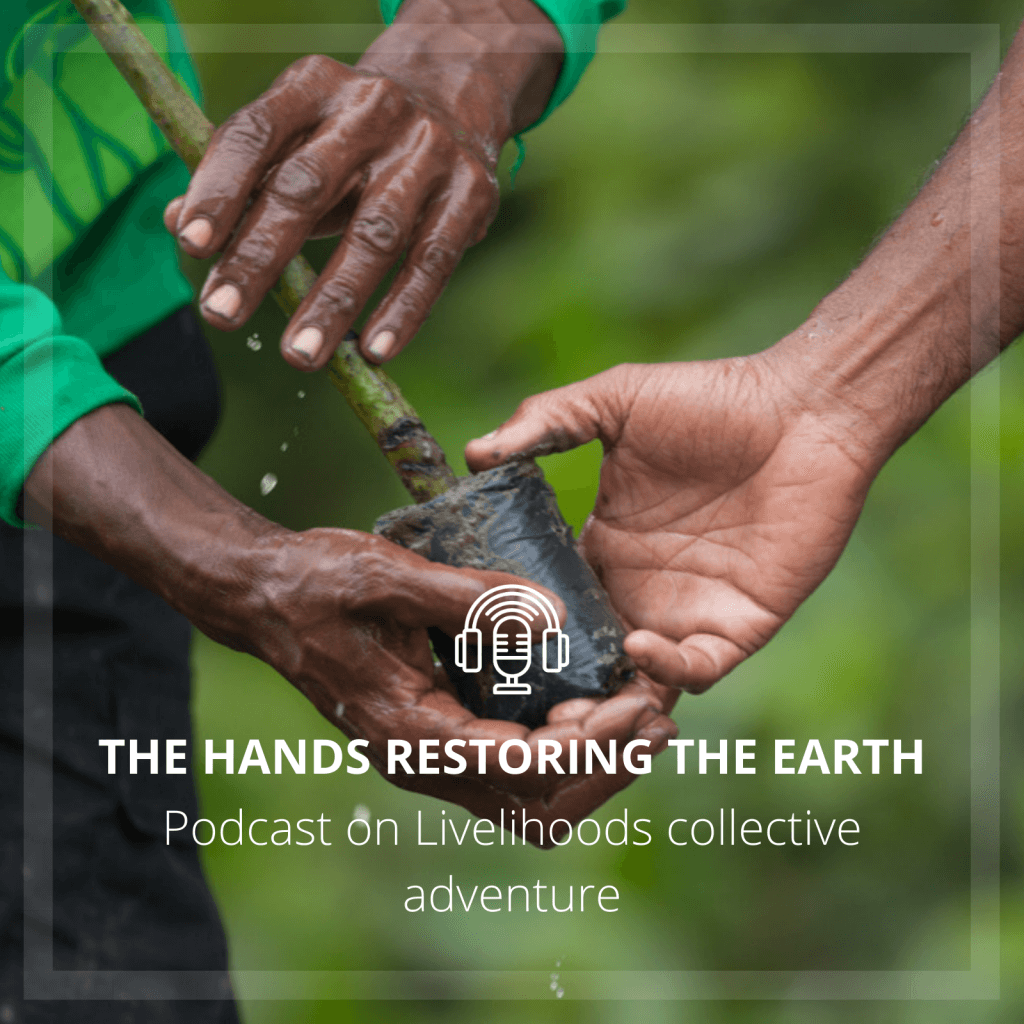What do major international companies and the isolated villages in Africa, Asia and Latin America have in common? What connects NGOs driven by ideals and businesses driven by profit? The Livelihoods Funds, created 10 years ago make this link: between multinationals committed to fight against global warming and rural communities who act daily on the ground, to restore degraded natural ecosystems, reinvent agricultural models respectful of life and provide for their vital needs.
Bernard Giraud, President and Co-founder of Livelihoods, tells this collective adventure between these large companies and rural communities in a book under the evocative title of, “The Hands Restoring the Earth” (Ces Mains qui Réparent la Terre), published by Les ateliers Henry Dougier.
« The Hands Restoring the Earth » is also a podcast, to question these major companies, about their dual commitment in sustainability and ecological responsability. How to combine business needs and transformation of agricultural models? What role can companies play in improving the lives of poor rural communities? How can they pool their forces to transform their value chains?
Lionel Habasque, Managing Director of Voyageurs du Monde, Pierre-Alexandre Bapst, Head of Sustainable Development at Hermès, Bérangère Magarinos-Ruchat, Director of Sustainable Development at Firmenich, Gilles Vermot-Desroches, Head of Sustainable Development at Schneider Electric and Bernard Giraud look back on a 10-year collective adventure. A podcast presented by journalist Edwige Coupez.
Edwige Coupez: What does it mean for your company to invest in the Livelihoods funds? In relation to your core business, from travelling, to aromas, from luxury to energy?
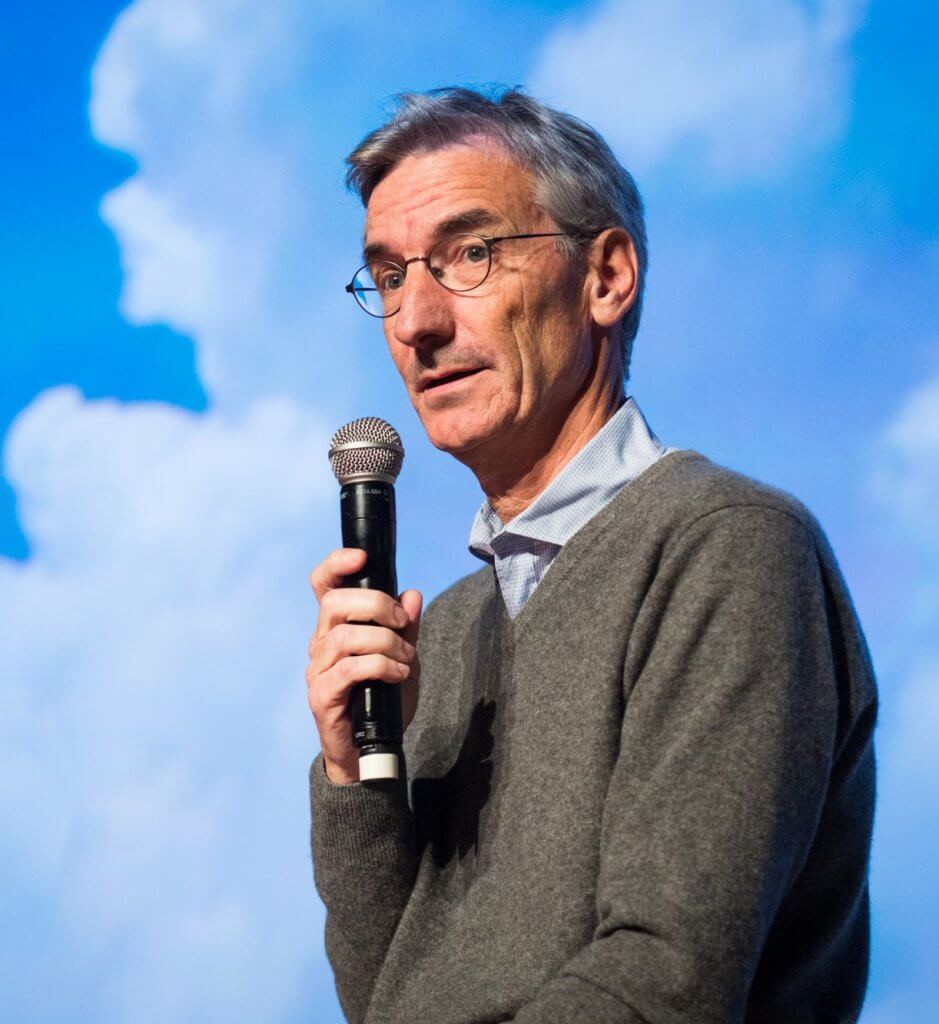
Lionel Habasque: « More than 10 years ago, at Voyageurs du Monde we set a very clear objective: to absorb 100% of our customers’ carbon footprint. We consider that to travel tomorrow, we must preserve the earth of today. We are the only tour operator to have set such an ambitious goal, at global level.
Livelihoods projects answered our goals very precisely: carbon sequestration is perfectly measured in a scientific way, through the generation of carbon credits.
The ability to prove very effectively to our employees and clients that we are absorbing this carbon footprint was as important to us as the social and economic impact of the projects.”
Edwige Coupez: for Scheider Electric, is Livelihoods a guarantee of seriousness on carbon compensation?
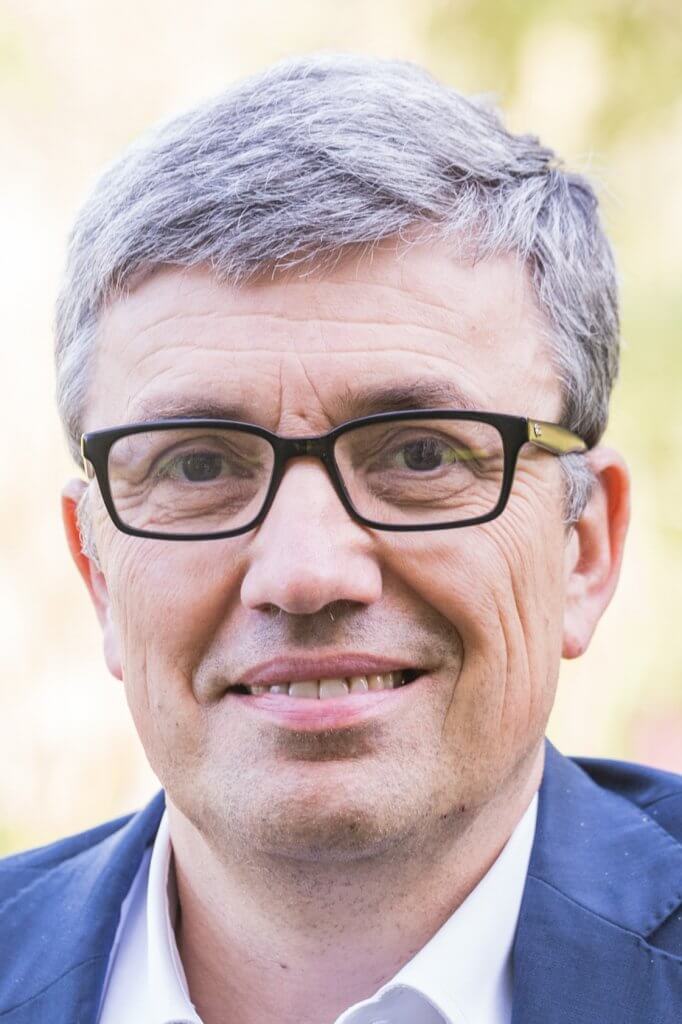
Gilles Vermot Desroches: “What we looked for in the Livelihoods Funds is a story of relationships, encounters and trust. What is at the core of Livelihoods identity is to address climate change, biodiversity, and local development at the same time. We will not save one without the other.
The businesses committed in sustainable development in the last 20 years are leading the way to sustainability with partners and it is important to know with whom one is making progress. We found in Livelihoods a right balance between enthusiasm and seriousness.
We chose Livelihoods to achieve the carbon neutrality goals we have set at Schneider Electric because we could measure the impact of the projects and build sustainable relationships with local populations who are real actors of change”.
Edwige Coupez: Bernard Giraud, how does Livelihoods choose its local project partners?
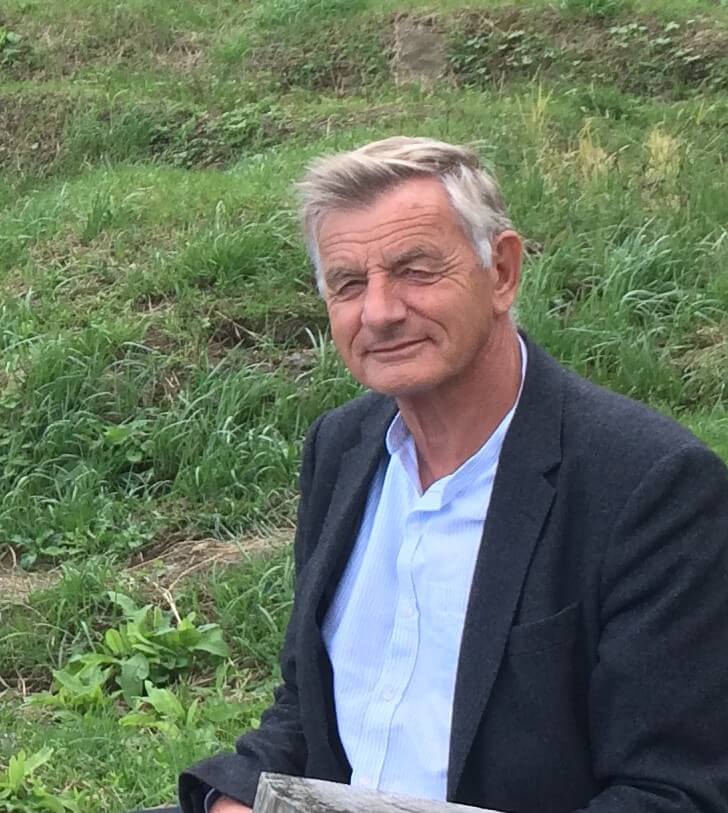
Bernard Giraud: “Our first criterion is: do local people want things to change? The villagers decide to replant mangroves because without mangroves, there is no fish. In India, in the Ganges Delta, women realized that when cyclones hit the coasts of the Sundarbans islands, and invaded the rice fields, they destroy the crops and there is nothing left to eat.
The second criterion is the quality of execution of the NGOs we will work with: their capacity to be build close relationships with local populations or resist complex climate and political hazards… The fact that we come from the industry and the business world has helped us: because we want to achieve large-scale projects with people and replicate a simple model, from village to village.
Carbon forces us to be rigorous: it is necessary that during 20 years the trees are in good health: every 2 years we measure the size of the canopy (the branches) the carbon of the soil. If these trees disappear there is no carbon, nor fish for the local populations. Livelihoods projects can only succeed because the local populations are involved and the funds ensure long-term 10 to 20 years investments, meaning we have to be entrusted partners for a long time. »
Edwige Coupez: Firmenich is a leading Swiss family business in flavorings and involved since 2005 in an environmental policy. What has investing in Livelihoods brought to Firmenich?
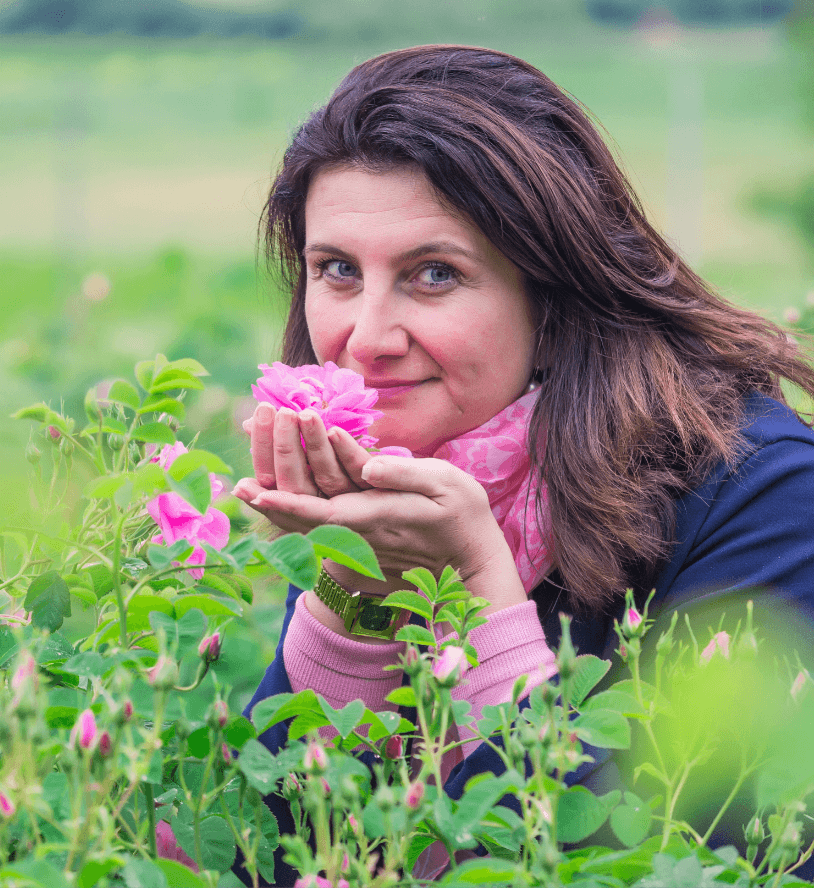
Bérangère Magarinos-Ruchat: “For Firmenich, it has been a human adventure based on mutual trust. The willingness to innovate, learn and be able to invest in the very long term, corresponded to our corporate culture. On a personal note, I was curious to question traditional approaches to development aid.
What I’ve learnt with Livelihoods is we are in an approach coming the communities and their willingness to implement these projects.
We also very quickly realized that if we want to have an impact, we must collaborate. This motivated us to join Livelihoods, a coalition of companies that had a very holistic vision between climate, biodiversity, and social impact, without being in a humanitarian approach”.
Edwige Coupez: Between these local populations and the world of luxury at Hermès, perhaps here we have the biggest gap. But you share common values with Livelihoods, which ones?
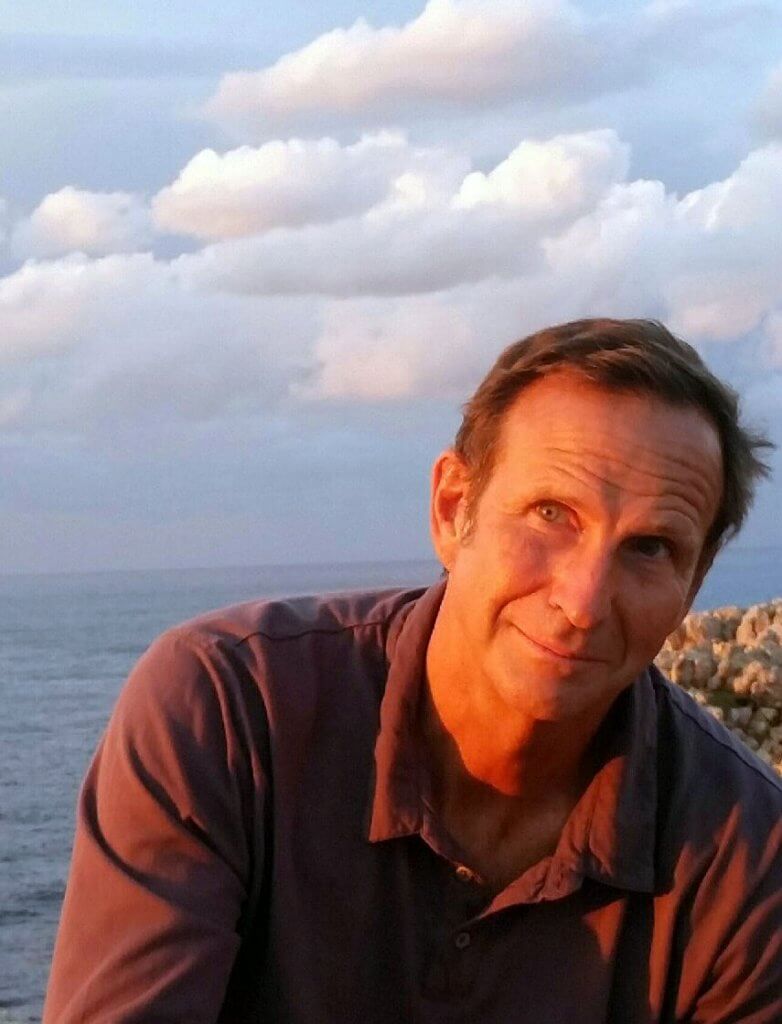
Pierre-Alexandre Bapst: “Livelihoods was defined around a charter and values to which we quickly identified. At Hermès, we have a framework of core values that has defined our original approach, since 1837. Among which, the sense of responsibility: at Hermès, the leather craftsman makes his own bag from A to Z, and is entirely responsible for his production. We have found this sense of responsibility in Livelihoods projects: the communities are responsible for their trees.
Hermes’ second value is authenticity, honesty, and the importance of doings things well, no matter how much effort it may take. We find the same honesty in our partners, project leaders, local communities who restore land from 300 to 3,000 hectares… with a sense of learning and striving to accomplish great things. Inhouse, we also have a particular vision of time, we cherish the long term, we talk about “generations of shareholders”. When Bernard told us we would commit for 20 years, it was no issue for us, and we hope to pursue this adventure for many years to come”.
Edwige Coupez: Has helping companies from different core businesses to pool their strengths together been your intuition from the beginning?
Bernard Giraud: “I came from the business world, so it was quite natural to me. Companies are in the midst of a transformation and unlike what is often said, they are part of the solution.
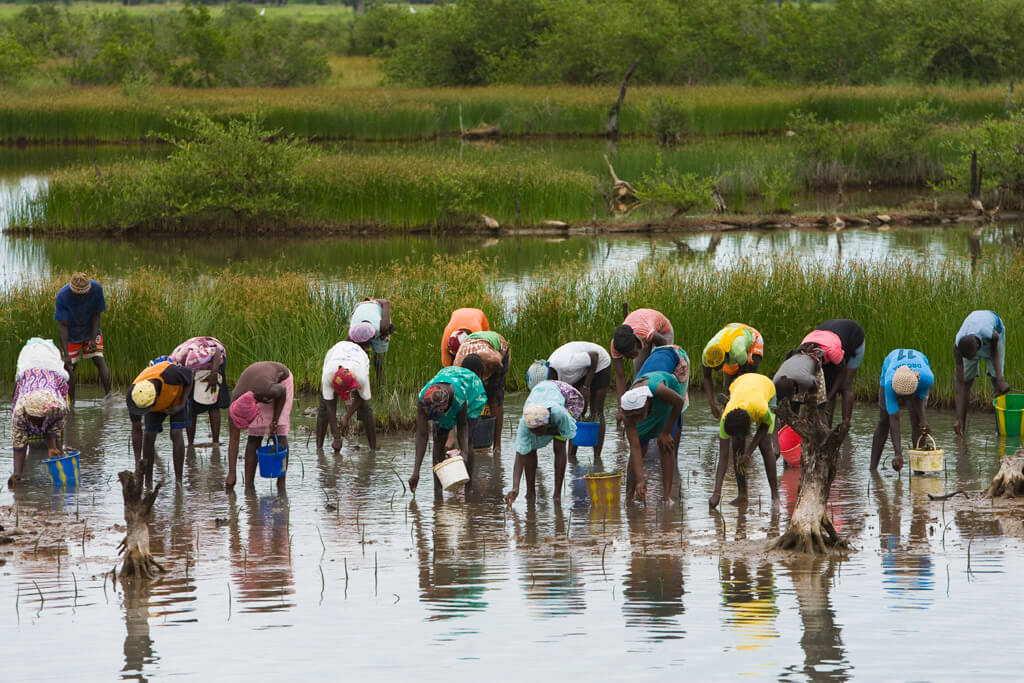
Our initial idea was to see how we can bring together different companies that are all committed to carbon reduction or carbon neutrality and address both sides: on the one hand, reduce carbon emissions by transforming production methods and, on the other hand, support people whose lives depend on key natural ecosystems.
I sometimes hear critics say “companies do this to clear their conscience. But we have planted the surface area of Paris in Casamance, Senegal which has now helped produce 5,000 tons of extra fish every year. Instead of “clearing one’s conscience” I call this “giving people something to eat”. At the end of the day, we live on the same planet.”
Edwige Coupez: The specificity of the Livelihoods funds is to invest in the long run, for 10, 20 years. Is this long-term relationship with local populations necessary to you Gilles Vermot Desroches?
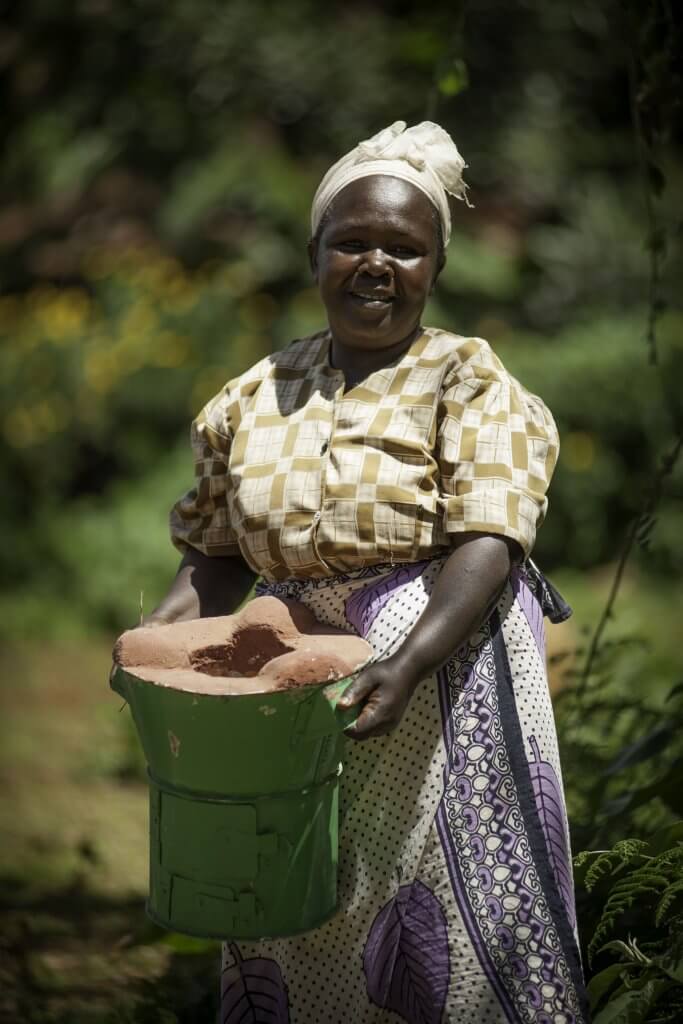
Gilles Vermot Desroches: “We know that protecting the planet, reducing global warming, restoring biodiversity, and doing everything possible to prevent it from collapsing are long-term actions. Businesses should be able to commit to two dimensions at the same time: a long-term vision and a short-term action.
For Schneider Electric, investing on 20 years is the promise to say that as a company we have a responsibility to give access to energy to people who don’t have it: almost 2 billion people on this planet. These populations must stay in rural areas, they must have access to the energy necessary to work and live in prosperity rather than ending up in slums.”
Lionel Habasque: ” As a company, this is the first time we have made a 20-year commitment with a partner. It’s all the more important for us as a tour operator. Because air travel, as we know, accounts for 95% of the carbon footprint of travel. Absorbing this footprint is our short-term goal. In the medium term, we are educating our travelers to reduce this carbon footprint: travelling less often but for longer.”
Edwige Coupez: To be credible it is necessary to be transparent. Is this your way of communicating at Firmenich?
Bérangère Magarinot-Ruchat: “Indeed, I think that any work around sustainable development in a company must be measured. When we talk about natural capital, we refer to a measurement, we define a value. Not only is it necessary to measure and communicate our actions: it is an extremely motivating approach, to engage our teams to understand what we are trying to do with Livelihoods. There is pride in being part of the funds.”
Edwige Coupez: What about Hermès? How is this commitment to the projects communicated inhouse?
Pierre-Alexandre Bapst: “When we address actions that may sound a little theoretical such as carbon compensation, at Hermès we prefer to speak with concrete examples. We made films and visited the projects, locally. For example, in 2013, I had the opportunity to take a team of employees to Indonesia and meet Yagasu NGO, its head, Bambang Suprayogi, who work on mangrove restoration mangrove and a traditional batik activity: these cotton cloths printed locally with natural inks from the bark of mangrove trees that grow on the spot.
When we talk about Livelihoods inhouse, this is not an abstract project but something that the collaborators have gotten involved in.”
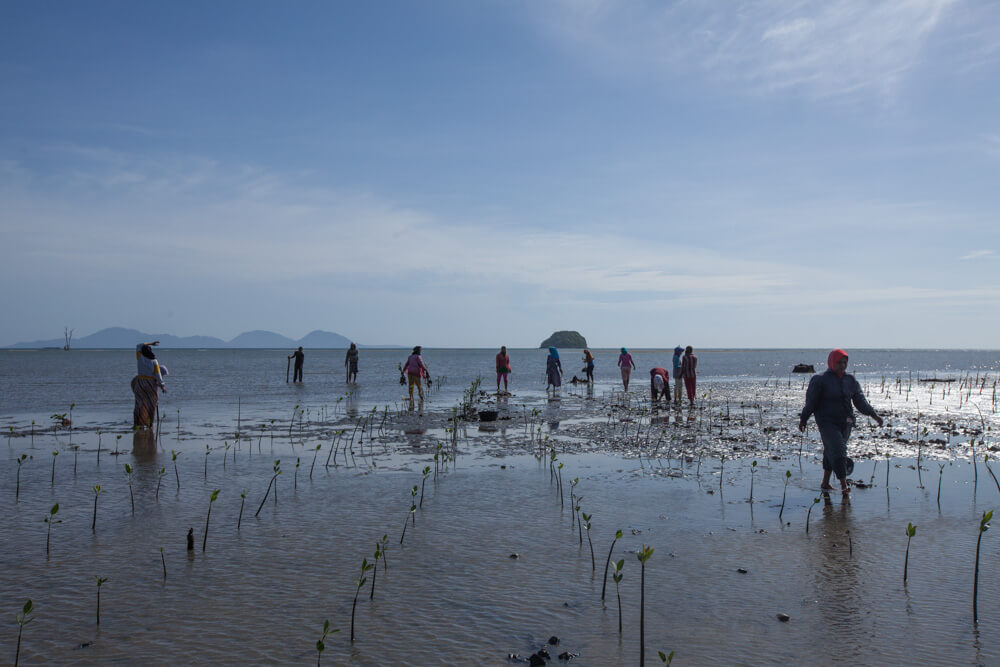
Edwige Coupez: Bernard Giraud what are the learnings of Livelihoods after 10 years?
Bernard Giraud: “All my colleagues around this table have expressed very positive experiences around Livelihoods collective adventure. But it is also important to say that what we are doing in the field is not easy. The security of local populations in Burkina Faso, for example, is very complicated. The Sundarbans region in India suffered a terrible cyclone last May…
But I think that we can be proud because these populations are showing us something concrete: they are restoring the foundations of our home, the Earth. The collapse of animal and plant species is a global issue and a terrible responsibility that we leave to future generations. These 10 years are proof positive that by putting people together with common values, we make progress. The companies and local actors we work with do not perceive us as investors but as partners. And when we work together, trying to come up with solutions, we succeed.”
(Available in French only)


